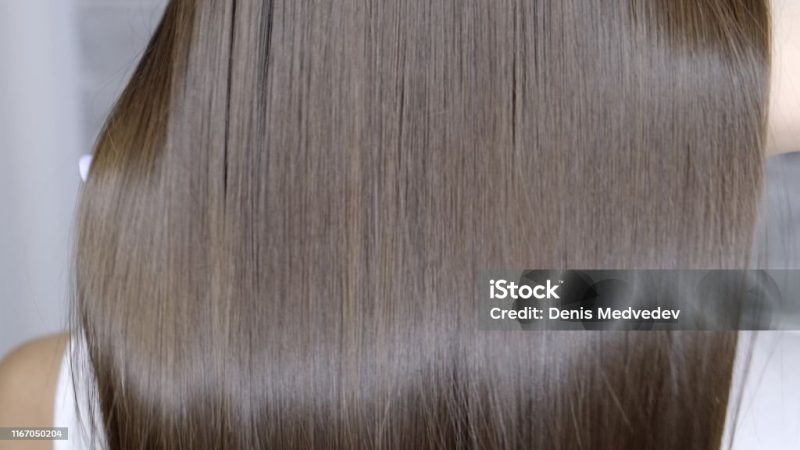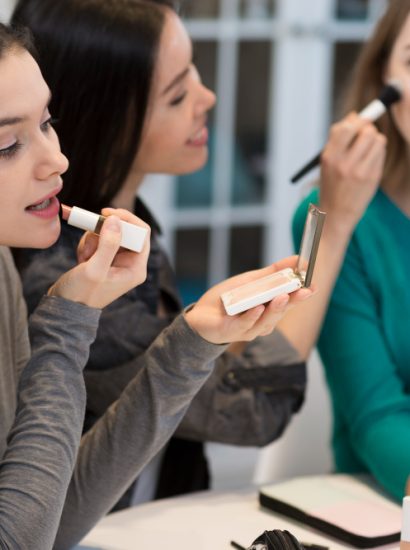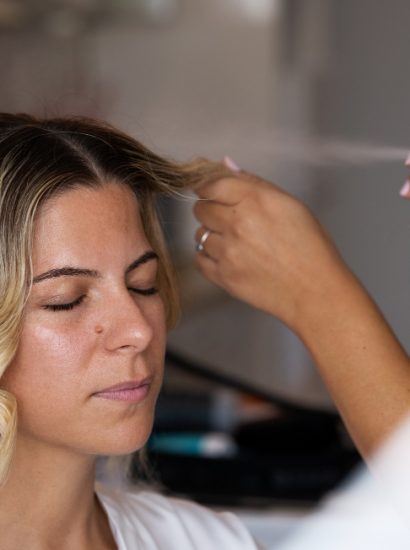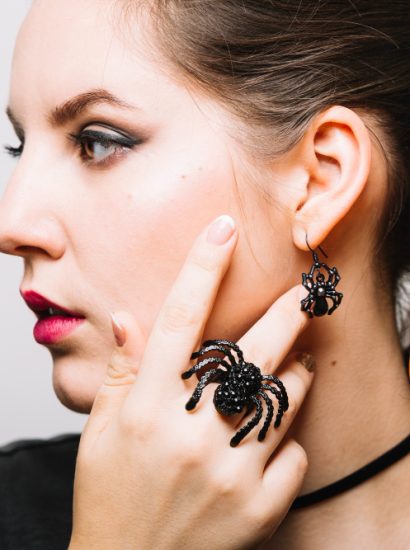Hair rebonding is a popular treatment for achieving sleek, Rebond straight hair, but it is surrounded by numerous myths and misconceptions. These myths often prevent people from making informed decisions about the treatment. In this article, we will debunk 10 common myths about hair rebonding and help you separate fact from fiction.
Myth 1: Hair Rebonding Causes Permanent Damage
One of the most common myths about rebonding is that it permanently damages your hair. While rebonding involves the use of chemicals to alter your hair structure, the damage can be minimized with proper care. Using nourishing hair masks, sulfate-free shampoos, and regular trimming helps keep your hair healthy after the treatment.
Fact:
Hair rebonding doesn’t cause irreversible damage if done by a professional and followed by a good post-treatment hair care routine.
Myth 2: Hair Rebonding Is Only for Women
Many believe that rebonding is exclusively for women. However, men can also benefit from hair rebonding to achieve a polished, manageable hairstyle. It’s a gender-neutral treatment suitable for anyone who desires straight hair.
Fact:
Rebonding is not gender-specific; men and women alike can enjoy the benefits of straightened hair.
Myth 3: You Can’t Wash Your Hair for Weeks After Rebonding
Some people think they need to avoid washing their hair for weeks after rebonding. While it’s true that you should wait 2-3 days before the first wash to allow the bonds to set, you can resume washing your hair afterward with a mild shampoo.
Fact:
You only need to wait a few days before washing your hair, not weeks.
Myth 4: Hair Rebonding Results Last Forever
Another misconception is that rebonding provides permanent results. While rebonding straightens your existing hair, new hair growth will retain its natural texture. Regular touch-ups are necessary to maintain the look.
Fact:
Rebonding lasts several months, but you’ll need touch-ups to address new hair growth.
Myth 5: Hair Rebonding Works on All Hair Types
Many people assume that rebonding works equally well on all hair types. While it’s effective for most hair textures, extremely curly or damaged hair may not achieve optimal results without additional treatments.
Fact:
Rebonding works best on moderately wavy or curly hair, but heavily damaged or very curly hair may require specialized care.
Myth 6: Hair Rebonding Is Painful
Some people fear that the chemicals used in rebonding will cause discomfort or pain. While the process can have a strong chemical odor, it is generally painless. Any discomfort usually comes from scalp sensitivity, which can be avoided by choosing a professional stylist.
Fact:
Rebonding is a painless process when performed by a trained expert.
Myth 7: Rebonded Hair Cannot Be Styled
A common myth is that rebonded hair is too flat and lifeless to style. On the contrary, straight hair provides a versatile base for various hairstyles, including waves and updos, with the help of heat tools and styling products.
Fact:
Rebonded hair can be styled in many ways, making it far from boring.
Myth 8: Hair Rebonding Is Incredibly Expensive
While rebonding isn’t the cheapest treatment, it’s not necessarily unaffordable. The cost varies based on the salon, stylist expertise, and hair length. You can find budget-friendly options without compromising quality.
Fact:
Rebonding is available at a range of price points to suit different budgets.
Myth 9: Rebonded Hair Is High Maintenance
Some people avoid rebonding because they believe it requires excessive maintenance. While rebonded hair does require specific care, such as avoiding harsh shampoos and heat styling, the routine is manageable with the right products.
Fact:
Rebonded hair needs care, but it’s not overly time-consuming or complex.
Myth 10: Rebonding Is Not Safe
Lastly, there is a myth that rebonding is unsafe due to the chemicals involved. While the process uses strong solutions, it is safe when performed by a skilled professional using quality products. Patch tests and consultations further reduce any risks.
Fact:
Rebonding is safe when done correctly by a professional.
Conclusion
Hair rebonding is a transformative treatment that can help you achieve sleek, straight hair. However, myths and misconceptions often cloud its benefits. By debunking these 10 myths, we hope you feel more confident about understanding the process and making an informed decision. Remember, choosing an experienced stylist and following a proper hair care routine can ensure the best results.
FAQs
1. How long does rebonding last?
Rebonding typically lasts 6-8 months, but the duration depends on your hair care routine and new hair growth.
2. Can I color my hair after rebonding?
Yes, but it’s recommended to wait at least 2-3 weeks before coloring to avoid excessive chemical exposure.
3. Can rebonding cause hair fall?
Hair fall may occur if the treatment is done improperly or if post-treatment care is neglected. Professional service minimizes this risk.
4. Is rebonding suitable for thin hair?
Yes, but the stylist may recommend additional treatments or adjustments to ensure the process doesn’t compromise hair health.
5. How soon can I repeat the rebonding process?
It’s best to wait at least 6 months before repeating the treatment to avoid overexposure to chemicals.
Also read : Microfiber Towel: 10 Top-Rated Brands You Should Know





